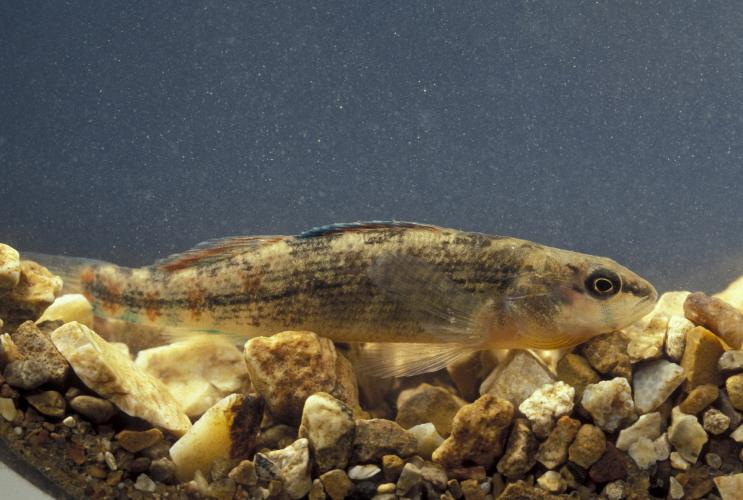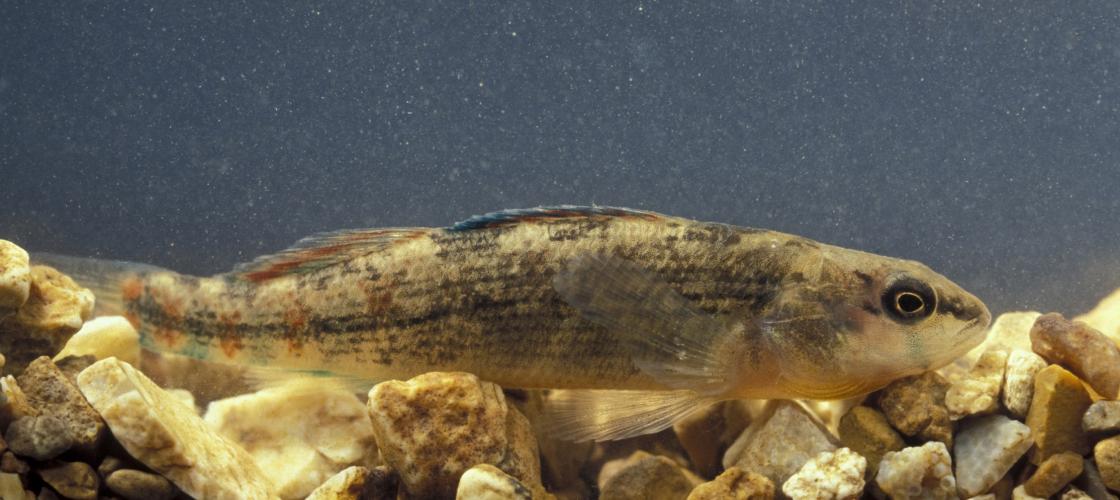While the tropics are famous for their brightly colored fish, the Midwest is home to some flashy fish as well. There are around 30 species of darters in the central United States. Darters are small members of the perch family. They normally grow three or four inches but some can reach six inches.
Mature males will brighten with eye-popping color during breeding season to attract females. The darter palette includes blue, scarlet, orange and green. They are among the most beautifully colored of Missouri's freshwater fishes.
The darter's spawning habits vary among the different species. Some have hatcheries in cavities beneath rocks. Others lay eggs on submerged vegetation or bury their eggs in the riverbottom gravel.
Some darters have no swim bladders to provide buoyancy. They're adapted to inhabiting the rocky bottoms of clear, swift-moving sections of permanent streams. Although most darters live in stream bottoms as a group, they exploit a wide range of habitats, from headwater springs to swampy bayous and lowland lakes.
Darters move about in short, quick dashes and live up to their names "darter" and "perch" as they dart about from one perch site to another. You can see an up-close underwater view of the iconic Niangua darter in the video below and travel streamside with MDC Scientist Doug Novinger in an audio bonus feature to hear about this special fish that is only found in Missouri.
All About Darters
- Darters have been called the “hummingbirds of the fish world” because of the brilliant and varied colors of the breeding males. The next time you admire the colorful fish at a pet store, remember that our own native species possess the same kind of beauty. Also some of them are endangered.
- Although most darters prefer swift, clear streams and riffles, the swamp darter does not. Allred Lake is one of the least-disturbed remnants of cypress swamp left in Missouri. The other place this species occurs in our state is a slough and abandoned stream channel in Butler County.
- The niangua darter is federally threatened, state endangered and a species of conservation concern. They can only be found in a few tributaries of the Osage River and are the only darter in our state that has 2 small black spots at the base of the tail fin.
- The orangethroat darter is the most common in the Ozarks. They are most active in the daytime. Because their swim bladders are lacking or reduced they can easily sink and hold close to stream bottoms. Their small fry tend to hang around smallmouth bass nests in swarms.




Recent Posts
























